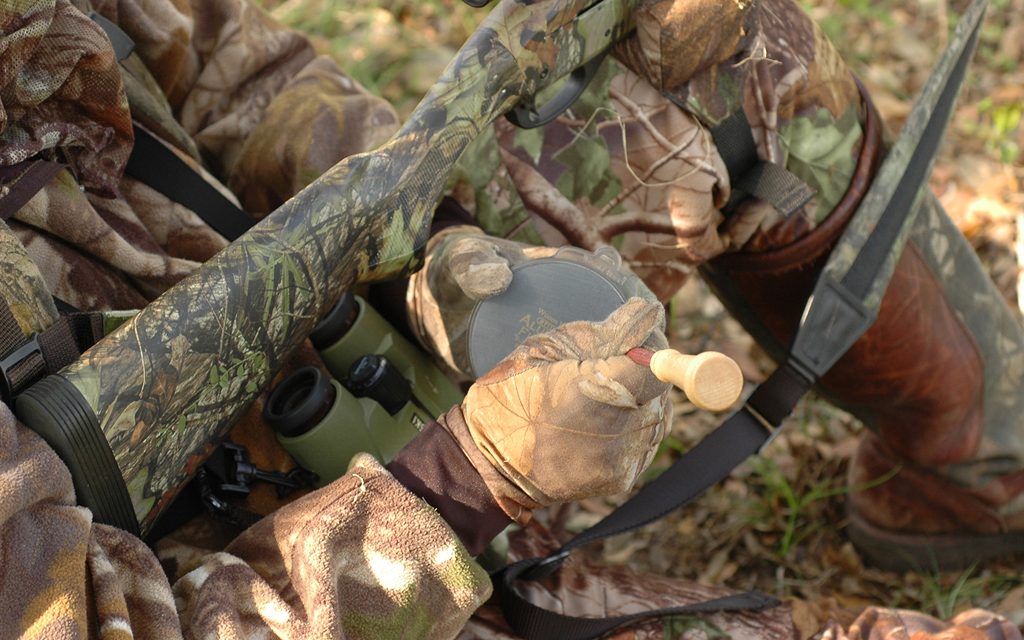by John Jefferson
A hunter hospitalized this spring had a serious condition. She’d be sidelined for weeks. Her doctor wanted to install a device near her left shoulder. She objected, saying it had to be on her right side. She’s left-handed and didn’t want it to interfere with shooting her shotgun during turkey season.
Spring turkey season in South Texas runs March 21-May 3. The North Zone runs April 4- May 17. Being able to shoot before the end of the current seasons would require her remarkable recovery. But that illustrates the dedication most turkey hunters share for their sport.
Last year’s fine hatch indicates that hunters this spring will see a bumper crop of young tom turkeys on the countryside. Called jakes, they aren’t as wary as older birds that have survived one or more hunting seasons. Mature gobblers are suspicious of hunters in their woods.
One year I hunted a ranch near Dilly in the South Texas Brush Country, below San Antonio. It was still early in the season and we knew many hens weren’t nesting yet. Gobblers tending them wouldn’t be as interested in our calls as they might be later. But we didn’t care. Most turkey hunters are as passionate as the lady mentioned above. We camoed up and trudged out.
It was a warm, humid morning. The rancher warned us about rattlesnakes, too. They dropped me off in the dark, saying to walk about 100 yards to a clearing. By the time I got there, I was sweating. I checked for snakes and cactus, then sat down. Removing my long-sleeved camo shirt, I sat in the darkness in a t-shirt. A white one.
As darkness became dawn, I used my slate call once and listened. I heard a distant gobbler. I called again. Silence. As it became light enough to make out objects, I called again. As I was putting my camo back on, movement caught my eye. I froze. At the edge of the clearing stood four turkeys.
We stared at each other for several minutes. They were all jakes, with two – three-inch beards. They moved a little closer. This went on for maybe ten minutes. I decided not to take a jake that early in the hunt. Later I wished I had. Those were the only Rio Grandes that came close enough to shoot.
Mature gobblers would not have hung around a guy wearing mostly a white t-shirt. No hat; no head net. But jakes did.
Texas has one of the highest turkey populations in America. Yet fewer hunters are in the woods each spring. This year, COVID-19 has made it worse. Hunts have been cancelled. Non-resident hunters aren’t travelling. Texans are staying home, too. Jason Hardin, TPWD’s turkey program leader, has even cancelled three of his own hunts. Although TPWD public hunts are still scheduled for hunters already drawn, they aren’t accepting stand-by hunters this season.
With an expected low harvest this year, next year’s hunters could see gobblers galore. Let’s hope so anyway.
JJ





